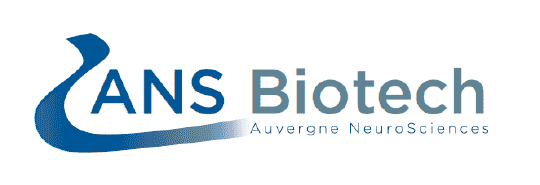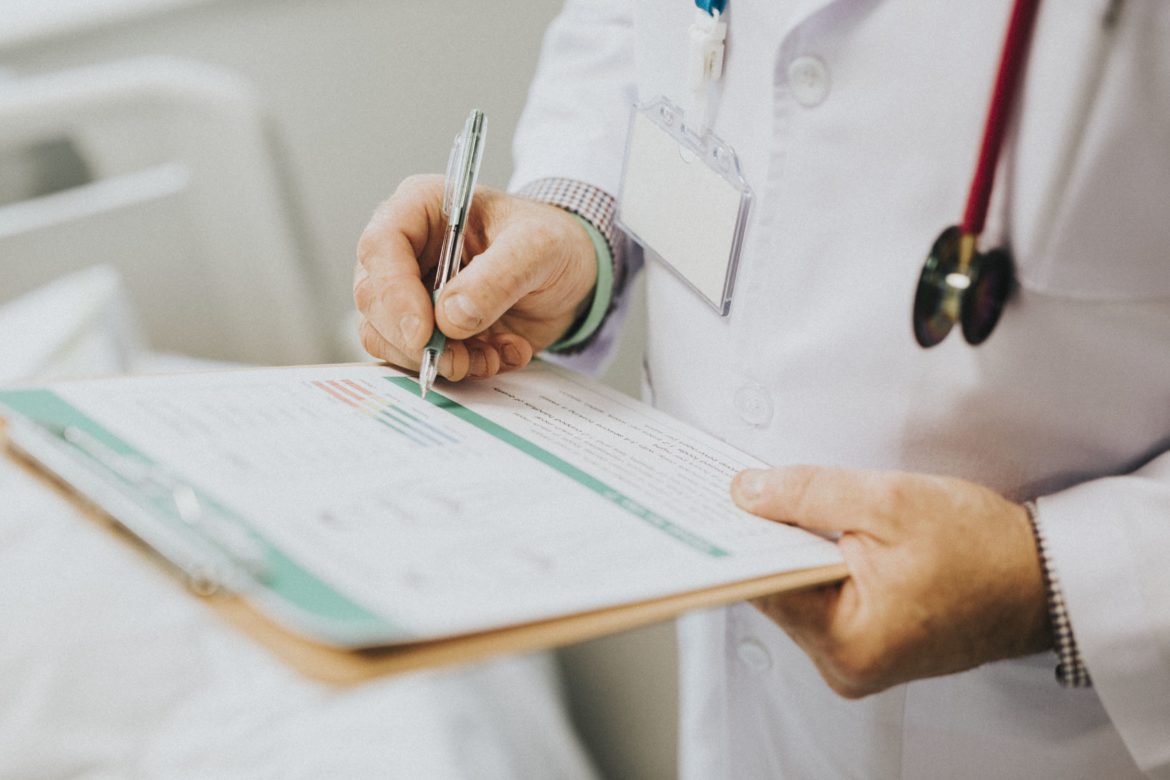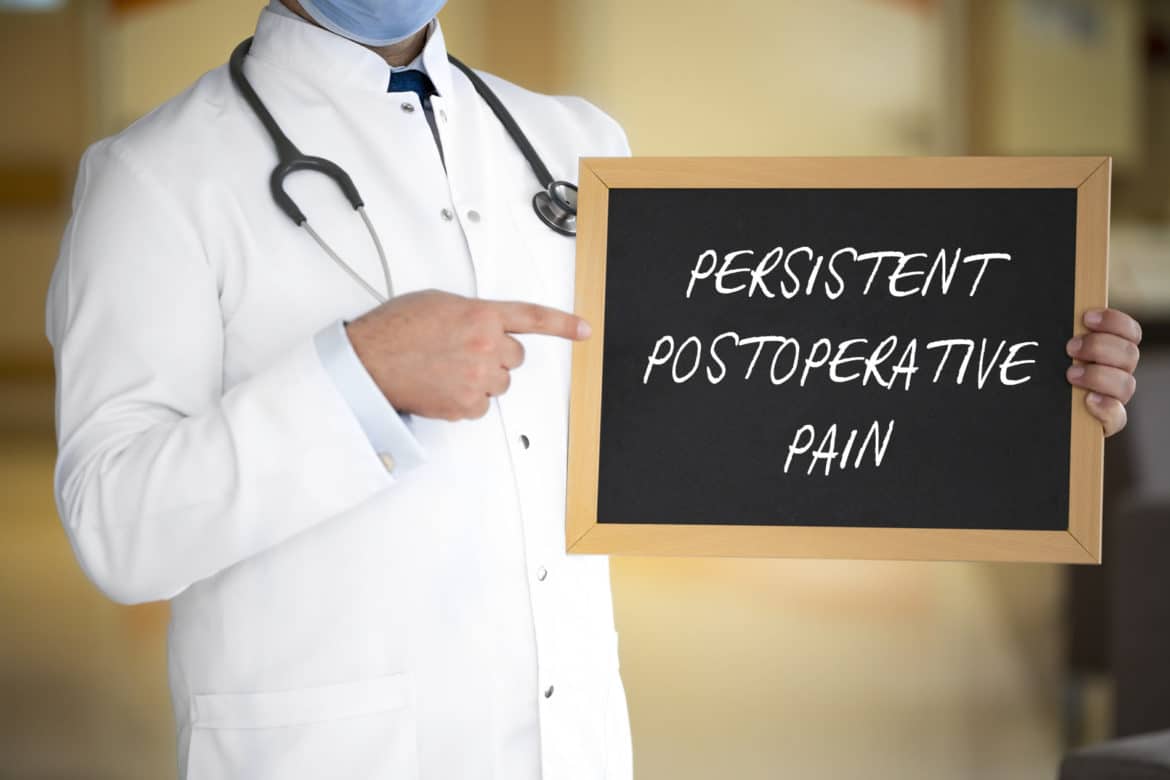
Over 300 million worldwide surgeries are performed each year. The majority of patients have complete recovery without complications. However, postoperative pain (POP) caused by surgical procedures remains major problem with severe impact on quality of life.
Persistent POP has been defined by the International Association for the Study of Pain (IASP) as a clinical discomfort that lasts more than 2 months postsurgery without other causes of pain such as chronic infection or pain from a chronic condition preceding the surgery.
For decades, the data from animal research with various pain models have been translated to the field of POP, although they may not represent properly this clinical situation. Indeed, some models were too short and mild to induce lesions observed during surgery, some were too specific of a chemical pathway, and some were too representative of chronic situations.
Models of POP have been developed since, providing a better knowledge on the mechanisms. However, these new models do not reflect all types of surgeries performed in humans. Surgery aims either to repair a part of the body by reshaping or replacing it or to remove dysfunctional elements. For this, various procedures are needed, which may transiently but extremely strongly activate the nociceptive network, thus inducing central sensitization.
Data from animal research and clinical observations have evidenced processes related to both peripheral (primary hyperalgesia) and central sensitization (secondary hyperalgesia), which are quite well understood. Sensitization of the nociceptive pathways is here represented at both the peripheral (Ad- and C-fiber nociceptors) and the central (spinal dorsal horn and above) level, moving from activation (transient) via modulation (subacute but still reversible functional changes) to modification (structural and architectural alterations, basis of chronicization of pain).
Secondary hyperalgesia involves activation of the spontaneous activity in dorsal horn neurons corresponding to the central sensitization.
Incisional Pain
Several models of POP have been proposed to mimic surgical wounds. In animals, nociceptive behaviors can be measured after incisional procedure, using the electronic von Frey. The withdrawal threshold induced by the application of von Frey filaments is markedly decreased after the plantar incision and this mechanical allodynia lasts for several days. Mechanical withdrawal threshold and weight bearing alterations are also observed.
In this model, behavioral changes are observed such as guarding, indicating the spontaneous pain induced by the surgical act. The magnitude of spontaneous activity of nociceptors and dorsal horn neurons is increased after incision. The spontaneous activity of Ad and C fibers is increased after incision, whereas no afferents are spontaneously active in the sham group.
This indicates an aspect of sensitization occurring after surgery. The gabapentinoid compounds, NMDA antagonists, k-opioid receptor agonists, partial m-opioid receptor agonists and local anesthetics are active in this model.
The incisional pain model allows assessment of the mechanisms of increased mechanical sensitivity following a surgical incision and is widely used for revealing the potency of new analgesics in a model of POP in conscious rats.
Laparotomy
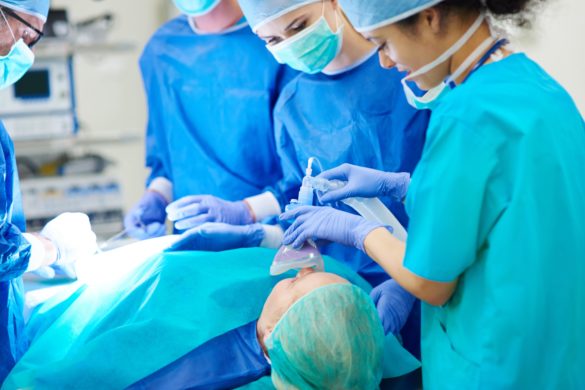
The abdominal incision (laparotomy) represents a relevant model of POP for gastrointestinal surgery. The surgery produces spontaneous behaviors, locomotion changes, immune response, and postoperative ileus. Cramping visceral pain commonly occurs after abdominal, genitourinary, and gynecologic surgery.
These abdominal wounds are particularly painful and result in postoperative ileus associated with food-seeking behavioral changes. The ability of abdominal incision to induce postoperative ileus has been extensively studied.
These models are able to distinguish different types of activities in assessing the behavioral effects of surgery and are useful in assessing beneficial and harmful effects of analgesic agents in the postoperative state.
Ovariohysterectomy
In rats and dogs, ovariohysterectomy is considered as a relevant model of POP. Indeed, compared with the incisional pain model, this model closely reflects the major proportion of elective surgery that involves operative invasion of the body cavities, including abdominal and thoracic surgical procedures.
In such cases, there is a significant activation and sensitization of visceral afferents, giving rise to inputs that are processed differently from those of somatic sensory neurons. The behavioral responses shown by female rats following ovariohysterectomy are represented by abdominal postures, referred hyperalgesia, and two distinct types of referred mechanical allodynia (static and dynamic) in the rat hind paws.
Interestingly, in patients, following surgery, allodynia constitutes a great postoperative problem because relevant stimuli (i.e., clothes touching skin, breathing, coughing, and movement of joints) are almost unavoidable.
Translation to Clinics: Limitations and Difficulties
Translational animal research plays a critical role in understanding the mechanisms of diseases and identifying/investigating potential treatment targets. The aim of a translational animal model is to facilitate the translation of findings from basic science to practical applications that enhance human health and well-being.
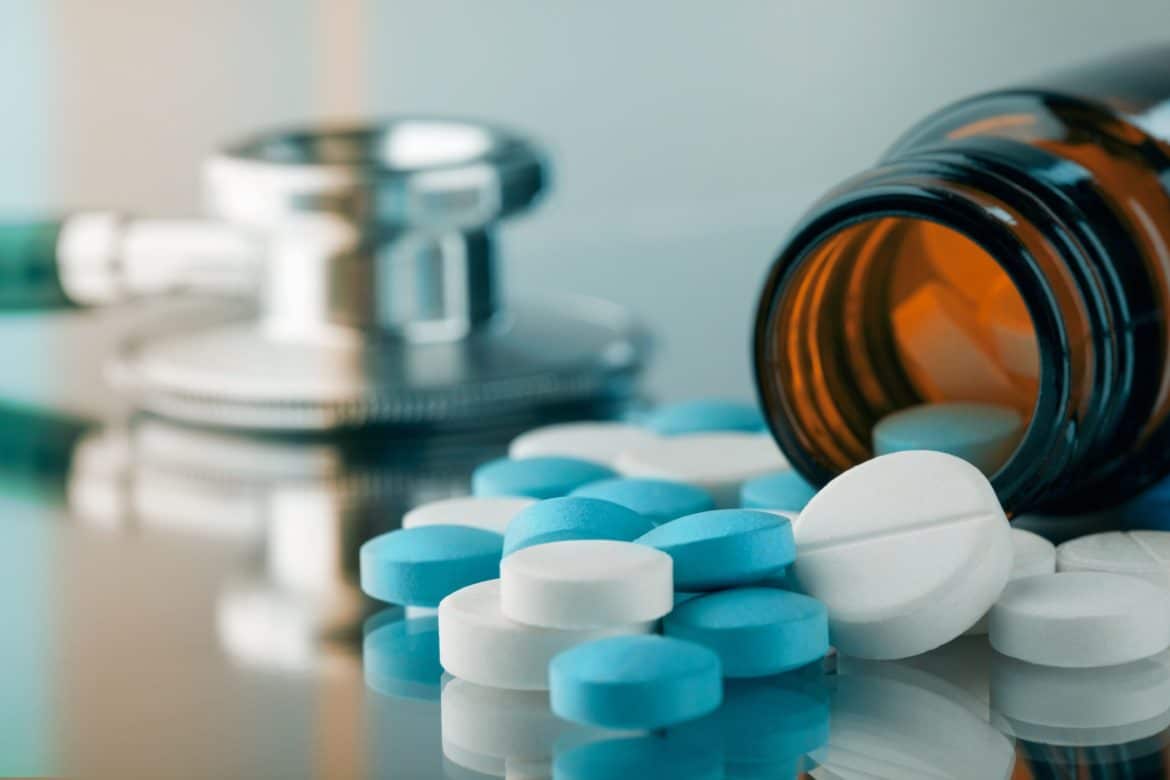
No (induced) animal model can reproduce accurately the full complexity of the human disease, but important criteria in selection of a model for drug testing can be defined as similarity with the human disease, capacity to predict efficacy in humans, reproducibility of the data, ease of use, reasonable duration of test period, and cost, as well as the study of various components of pain.
Animal models provide practical approaches to study both the natural history of the disease and the response to relevant treatments. The most important point remains the particular attention that has to be given to the scientific question under investigation in order to choose an appropriate animal model.
In experimental models, it is important to have robust and reproducible pain measures to evaluate the analgesic effects of drugs. These studies have thus to be controlled in terms of pain stimulation (i.e., modality, localization, intensity, frequency, and duration). The clinical aspects of sensitization are expressed as increased pain for a given stimulus.
Such “hyperalgesia” may be detrimental in the early postoperative period, as it increases the amount of experienced POP and may induce stress with all the possible negative consequences of it, and it is strongly linked to movement evoked POP, against which the patient may behave by avoiding any painful movement.
This may relevantly affect rehabilitation; for example, interventions reducing movement-evoked POP are associated with fewer postoperative thromboembolic complications and improve pulmonary outcomes. The guarding behavior observed in the rat model of hind paw incision could be considered as a good surrogate of this avoidance behavior . Moreover, the primary symptoms of chronic pain in patients are spontaneous pain.
In conclusion, the animal models in POP are necessary to evaluate the potency of antihyperalgesic and/or antiallodynic drugs. There is an interest in the development and physiopathology of persistent POP to understand the transition of acute pain to chronic pain. The need for more predictive persistent POP models with better understanding of their pathophysiology should be useful in developing the new analgesics.
Progress in clinical pain research has been aided by the development of more sophisticated animal models based notably on the study of the various dimensions of pain in rodents with chronic pain.
WHAT ARE THE BENEFITS
OF WORKING
WITH ANS BIOTECH?
ANS Biotech, your partner for building step by step your preclinical package
To know more about ANS Biotech services, do not hesitate to contact us!
